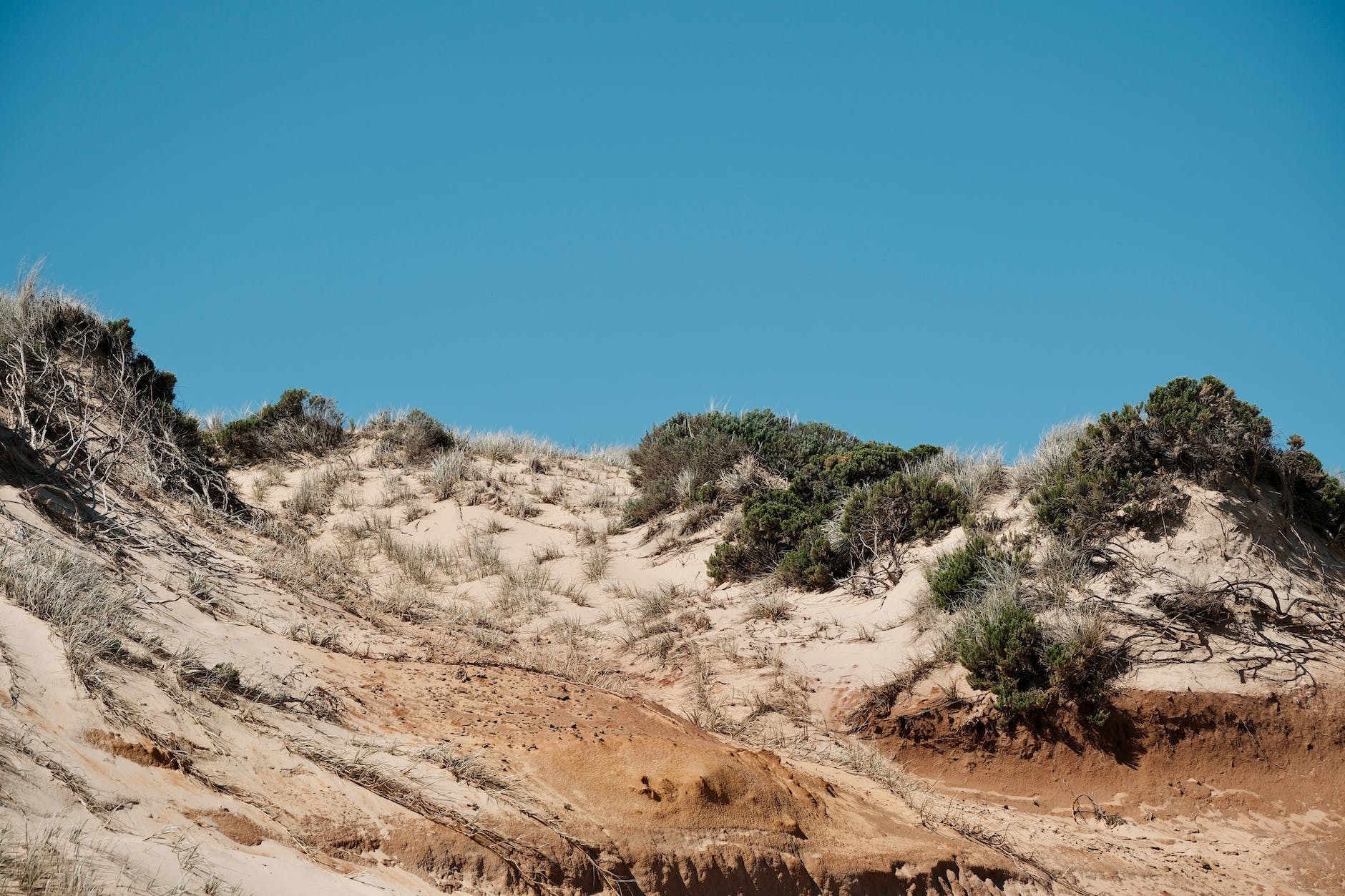The annals of history show that ancient cultures, enveloped in ritualistic traditions, frequently utilized psychedelic substances as part of their spiritual ceremonies. These substances, commonly referred to as entheogens, have been linked to various indigenous traditions around the world.
One of the most illustrious examples of these practices is shamanism, a spiritual tradition that is believed to inhabit the earliest corners of human spiritual expression. Many researchers, such as the cultural anthropology expert Mircea Eliade, have noted the typical inclusion of entheogenic substances in shamanistic practices. Shamans typically employ these substances to enter what they term the “spirit world,” where they could find wisdom, guidance, or healing powers that they would then bring back to their communities.
The South American indigenous traditions, for instance, have been known to use potent psychedelic brews like Ayahuasca in their religious ceremonies. The brew is made from two plants: the vine Banisteriopsis caapi and “chacruna,” or Psychotria viridis. The result is a potent compound containing DMT, a powerful hallucinogen. Historians suggest that the use of Ayahuasca dates back to at least 1000 AD history.
Moving across the globe to Europe’s oldest civilization, the ancient Greeks also incorporated psychoactive substances into their religious practices. The Greeks hosted a ceremony known as the Eleusinian Mysteries, a primary example highlighting the spiritual and ritualistic use of entheogens. The ceremony incorporated a beverage known as kykeon, suspected to contain psychedelic substances, though its exact composition remains unknown. Some researchers have speculated that the drink could have included ergot, a fungus that grows on rye and bears a chemical resemblance to LSD cultural practices.
Farther east in India, the ancient Hindu texts, the Vedas, also mention a powerful ceremonial drink, “soma.” While the exact nature of soma remains a mystery, some theories suggest it may have been a concoction of psychedelic mushrooms. Brian Akers, an independent scholar, and author has suggested connections between soma and the Amanita muscaria mushroom cultural practices.
In North America, various indigenous tribes used the peyote cacti to facilitate spiritual experiences. The use of peyote extends as far back as 5,000 years, establishing it as one of the earliest known entheogens history. American tribes conduct all-night peyote ceremonies, aiming for spiritual awakening and seek guidance from the peyote spirit.
Psychedelic substances’ usage in these diverse cultural practices extends beyond the simple desire for altered states of consciousness. The substances have played roles ranging from spiritual enlightenment, communion with the spirit world, or as a vehicle for healing; evidence reviewed by scholars such as Michael Winkelman of the School of Human Evolution and Social Change at Arizona State University indigenous traditions.
Despite a degree of contention surrounding the historical use of psychedelics due to the often ambiguous nature of ancient texts and evidence, their role in ancient cultural practices cannot be understated. These enigmatic substances offer a unique window into the spiritual lives of our ancestors, showing a desire for transcendence, healing, and spiritual growth that is as relevant today as it was thousands of years ago. Thus, the psychedelic substances and their use in historical contexts continue to be a fascinating aspect of cultural anthropology, offering potential insights into the roots of human spirituality and consciousness.






